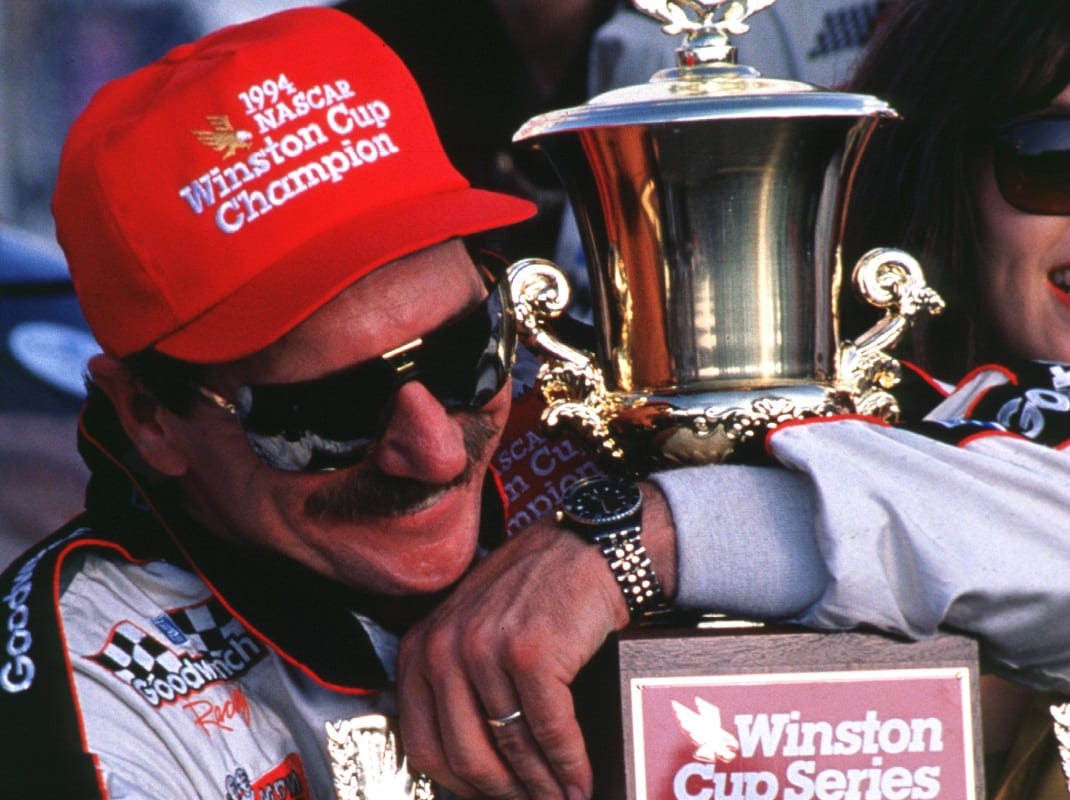Franklin D. Roosevelt was in his second year as president; the FBI ended the careers of celebrity criminals John Dillinger, Pretty Boy Floyd, Bonnie Parker and Clyde Barrow; and the country reached the turning point of the Great Depression as unemployment dropped by 22 percent.
The year was 1934 and the popularity of auto racing at county fairs across the Northeast resulted in the debut of National Auto Racing News, the predecessor to today’s SPEED SPORT brand.
That inaugural issue — dated Aug. 16, 1934 — told the story of West Coast champion Al Gordon’s feature victory at Pennsylvania’s Langhorne Speedway and noted that 4,680 fans saw Maynard Clark win at Dayton Speedway in Ohio.
Ever since that first issue, SPEED SPORT has been there to document the history of auto racing. So, as we celebrate the brand’s 85th anniversary, let’s look back through the pages at 10 events that changed the sport.
USAC Plane Crashes: Open-wheel racing suffered a tragedy from which it has never fully recovered on April 23, 1978, when a chartered plane carrying eight USAC officials slammed into a plowed field near the small community of Arlington, Ind.
The group was returning to Indianapolis from the Gabriel 200 USAC/Citicorp National Championship race in Trenton, N.J., when the 10-place Piper Navajo Chieftain went down during a severe thunderstorm shortly before 10 p.m.
Indiana State Police said all nine people on the plane died instantly.
“There are no words to express the loss that is felt by the United States Auto Club at the passing of these wonderful people,” said USAC President Dick King, who probably would have been on the plane but stayed behind because of business commitments the following day in New York City.
Corporate America Takes Note: A simple two-paragraph story on page two of the Nov. 3, 1965, issue of National Speed Sport News signaled a defining moment in the fledgling relationship between corporate America and the sport of auto racing.
Headlined “It’s a Big First for Permatex Co.,” the story announced Permatex officials had signed to sponsor the 300-mile modified-sportsman race on Feb. 26, 1966, at Daytona Int’l Speedway. The event was to be known as the Daytona Permatex 300.
While not the first major NASCAR race to have title sponsorship — that honor belongs to the 1964 Motor Trend 500 at Riverside Int’l Raceway — the Daytona Permatex 300 became the first marquee auto race to carry the name of a prominent consumer product company.
Controversial Curtis Turner won the inaugural Daytona Permatex 300 in 1966.
Rear-Engine Revolution: Jim Clark forever altered the American racing landscape on Aug. 18, 1963, when the Scotsman drove a rear-engined, Ford-powered Lotus to victory in the Milwaukee 200 USAC National Championship race on the one-mile oval at Wisconsin State Fair Park.
A record crowd of 35,096 witnessed the milestone victory as Clark became the first driver to win a National Championship race in a car with the engine located behind the driver.
Starting from the pole, Clark dominated the 200-lap race. His green-and-yellow No. 92 was so fast that he set nine track records for various distances en route to the $12,413 first-place prize.
This was the second race for the Lotus-Ford combination, which debuted in May at Indianapolis Motor Speedway where Clark finished second to Parnelli Jones.
Government Halts Racing: As fans flocked to auto races during the early 1940s, they paid close attention to the escalating conflict in Europe as many conversations focused on what impact a war would have on the sport.
In February 1942, the American Automobile Association curtailed its racing activities for the duration of the war. Several other sanctioning bodies opened their seasons as scheduled, but those events came to a halt on July 31 when the Office of Defense Transportation suspended all racing activities.
Racing was reborn on Nov. 8, 1944, when the ODT partially lifted the ban. However, the racing world went dark again on Dec. 30 after that order was rescinded.
Then, with the official end of World War II just weeks away, racing received the green flag when the ban was permanently lifted on Aug. 16, 1945.
